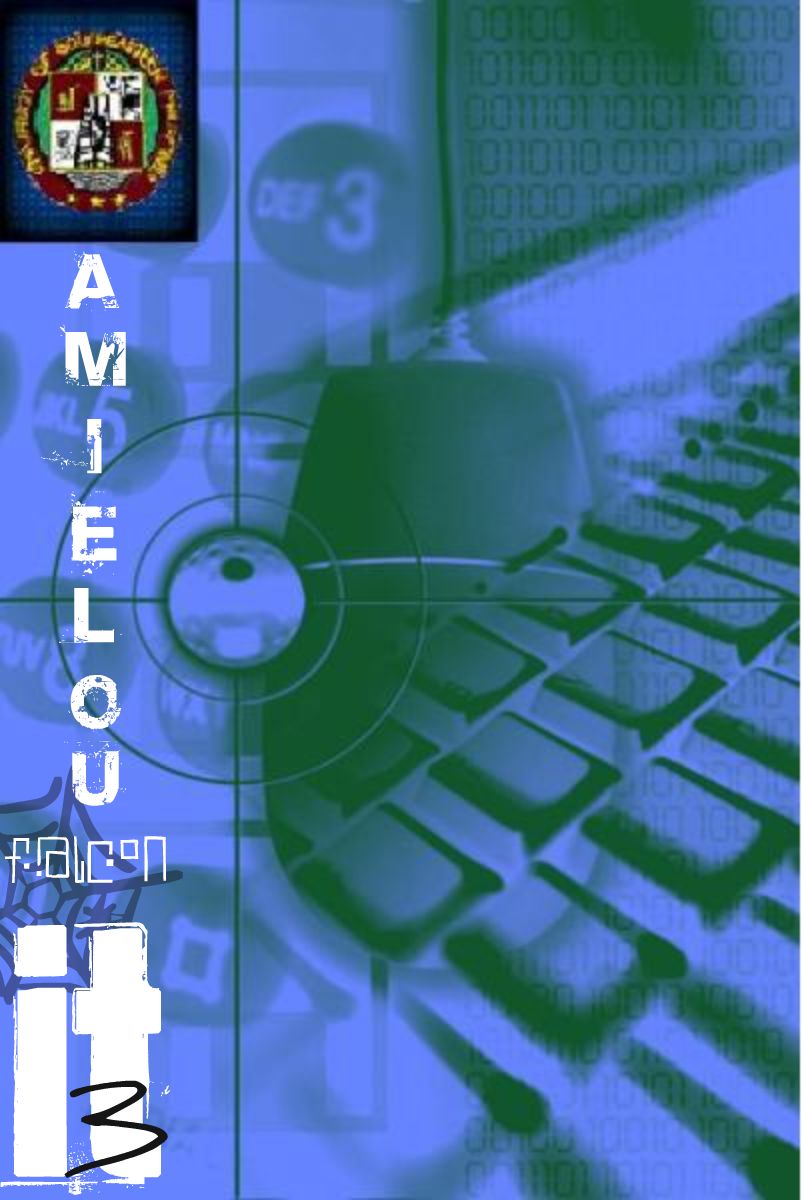IS/IT LEADERSHIP ROLES:
CSC is a global leader in providing technology-enabled solutions and services through three primary lines of business. These include Business Solutions & Services, Global Outsourcing Services and the North American Public Sector. CSC's advanced capabilities include systems design and integration, information technology and business process outsourcing, applications software development, Web and application hosting, mission support and management consulting. Headquartered in
☺☺For more information, visit the company's Web site at www.csc.com.
Information systems (IS) and information technology (IT) leadership roles have undergone fundamental changes over the past decade. And according to what I have researched, on 1996 Computer Science Corporation (CSC) has suggested six new IS leadership roles which are required to execute IS’s future agenda: chief architect, change leader, product developer, technology provocateur, coach and chief operating strategist. Below are the descriptions of the Six IS Leadership roles.
1. Chief architect. The chief architect designs future possibilities for the business. The primary work of the chief architect is to design and evolve the IT infrastructure so that it will expand the range of future possibilities for the business, not define specific business
outcomes.
2. Change leader. The essential role of the change leader is to orchestrate all those resources that will be needed to execute the change program.
3. Product developer. The product developer helps define the company’s place in the emerging digital economy.
4. Technology provocateur. The technology provocateur embeds IT into the business strategy. The technology provocateur works with senior business executives to bring IT and realities of the IT marketplace to bear on the formation of strategy for the business.
5. Coach. The coach teaches people to acquire the skill sets they will need for the future. Coaches have to basic responsibilities: teaching people how to learn, so that they can become self-sufficient, and providing team leaders with staff able to do the IT-related work of the business.
6. Chief operating strategist. The chief operating strategist invents the future with senior management. The chief operating strategist is the top IS executive who is focused on the future agenda of the IS organization. The most important, and least understood, parts of the role have to do with the interpretation of new technologies and the IT marketplace, and the bringing of this understanding into the development of the digital business strategy for the organization.
Although these roles produced by the CSC without any scientific approach, many people noticed that they seem very well tailored for scientific investigation into IS leadership roles. People who fill these roles do not necessarily head up new departments or processes, but they exert influence and provide leadership across the organizational structure.
On the methods used to accomplish these functions, for example, Mint berg’s role typology, have been proposed. According to Mint berg (1990), the manager's job can be
Described in terms of various roles:
1. Informational Roles. By virtue of interpersonal contacts, both with subordinates and
With a network of contacts, the manager emerges as the nerve center of the organizational unit. The manager may not know everything but typically knows more than subordinates do. Processing information is a key part of the manager's job. As monitor, the manager is perpetually scanning the environment for information, interrogating liaison contacts and subordinates, and receiving unsolicited information, much of it as a result of the network of personal contacts. As a disseminator, the manager passes some privileged information directly to subordinates, who would otherwise have no access to it. As spokes person, the manager sends some information to people outside the unit.
2. Decisional Roles. Information is not an end in itself; it is the basic input to decision making. The manager plays the major role in a unit's decision-making system. As its formal authority, only the manager can commit the unit to important new courses of action; and as its nerve center, only the manager has full and current information to make the set of decisions that determines the unit's strategy. As entrepreneur, the manager seeks to improve the unit, to adapt it to changing conditions in the environment. As disturbance handler, the manager responds to pressures from situations. As resource al locater, the manager is responsible for deciding who will get what. As negotiator, the manager commits organizational resources in real time.
3. Interpersonal Roles. As figurehead, every manager must perform some ceremonial duties. As leader, managers are responsible for the work of the people of their unit. As liaison, the manager makes contacts outside the vertical chain of command.
☺☺As an aspirant BSIT student through my initiative, I learn to appreciate more about computers and its component that meets specified power-efficiency in people management application as well as power-efficient computing products and adopting policies and practices that increases power efficiency throughout their organizations by scanning and reading those stated leadership roles in IS/IT.☺☺
...jpg)

